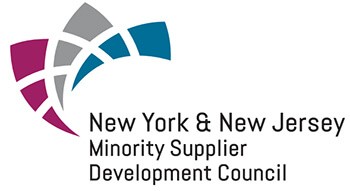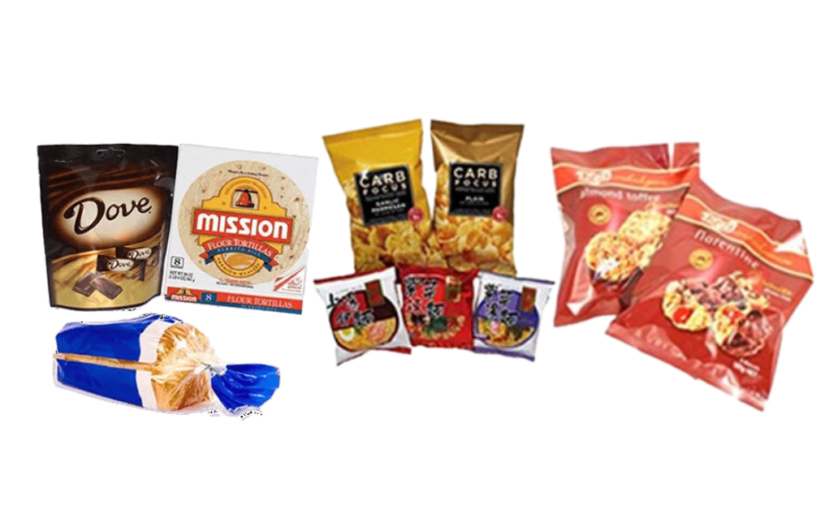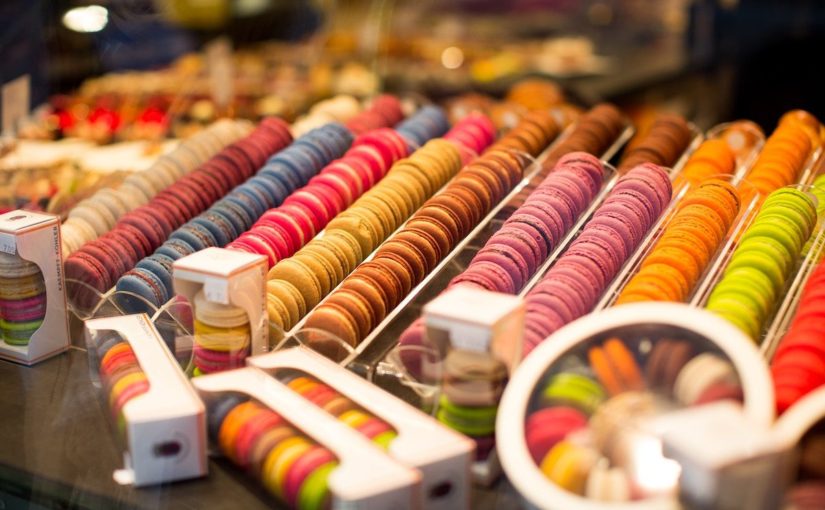In the world of food packaging, innovation is key to staying ahead of the competition. With ever-evolving technologies and consumer preferences, food packaging must adapt and evolve to meet the needs of both the industry and the consumer.
In 2024, we can expect to see a range of innovative food packaging solutions that improve food safety, reduce waste, and enhance the overall consumer experience.
Sustainable Packaging:
One of the most significant challenges facing the food packaging industry is sustainability. Consumers are increasingly conscious of their impact on the environment and are demanding eco-friendly packaging options. In response to this demand, food packaging companies are exploring a range of sustainable materials and designs.
One innovative solution that we can expect to see in 2024 is the use of biodegradable and compostable food packaging. These materials are designed to break down quickly and easily without leaving harmful residues behind. Some examples of biodegradable materials that are already in use include plant-based plastics, paper-based products, and edible films made from seaweed. By using these materials, food packaging companies can reduce the amount of waste that ends up in landfills and oceans, while also providing consumers with an eco-friendly alternative to traditional packaging.
Food Safety:
With the ongoing threat of foodborne illness, packaging solutions that can prevent contamination are critical.
In 2024, we can see more antimicrobial packaging as a solution. Inhibiting the growth of bacteria and other germs that can cause foodborne sickness is the goal of antimicrobial packaging.
This type of packaging can be particularly useful for products that are prone to contamination, such as meat and dairy products.
Consumer Experience:
In addition to enhancing food safety, innovative packaging solutions can also improve the consumer experience. In 2024, we can expect to see packaging that is designed to be more convenient and user-friendly. For example, packaging that is easy to open and reseal can help consumers keep their food fresh and reduce waste. We can also expect to see packaging that is designed to be more compact and portable, making it easier for consumers to take their food on-the-go.
The Introduction of AR in Packaging:
One trend that is already gaining popularity in 2024 is the use of augmented reality (AR) in food packaging. AR technology allows consumers to interact with packaging in new and exciting ways, providing them with additional information and enhancing the overall experience. For example, a food company could use AR technology to provide consumers with a virtual tour of their manufacturing facility, or to showcase the ingredients and nutritional information of their products.
The Involvement of Automation:
Finally, food packaging companies are also exploring innovative ways to reduce costs and increase efficiency.
One solution that we can expect to see more of in 2024 is the use of automation in packaging processes. Automation can help reduce errors, improve speed and accuracy, and reduce labor costs.
This can be particularly useful for companies that produce large quantities of food products, such as snack foods and beverages.
The Bottom Line:
The food packaging industry is constantly evolving, and we can expect to see a range of innovative wholesale packaging solutions in 2024. From sustainable materials and designs to antimicrobial packaging and augmented reality, these solutions are designed to enhance food safety, improve the consumer experience, and reduce costs.
As consumer preferences continue to evolve, food packaging companies will need to stay on top of the latest trends and technologies to remain competitive and meet the needs of their customers.



